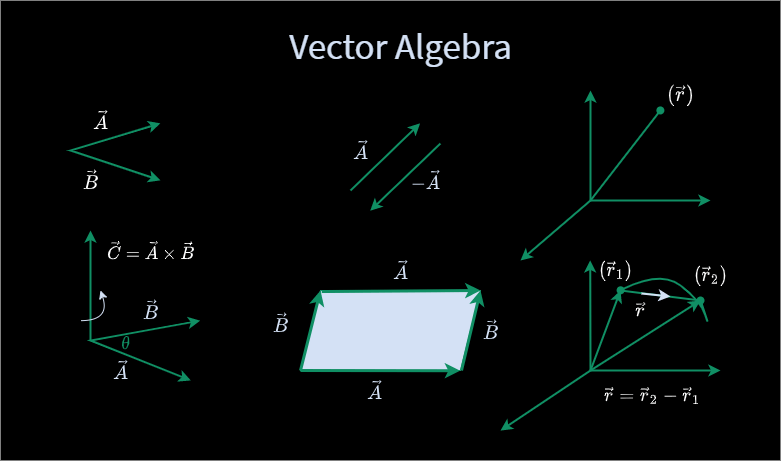
We are only concerned with the initial and final positions. We don’t pay attention to all the extra moving around that was done.Being able to translate between the two representations is.

It still results in the same thing… moving from d 1 to d 2. Vectors can be expressed in terms of their magnitude and direction or in terms of their components.What if there were a bunch of vectors going from d 1 to d 2? A vector can be represented as the sum of two perpendicular vector components.


 0 kommentar(er)
0 kommentar(er)
